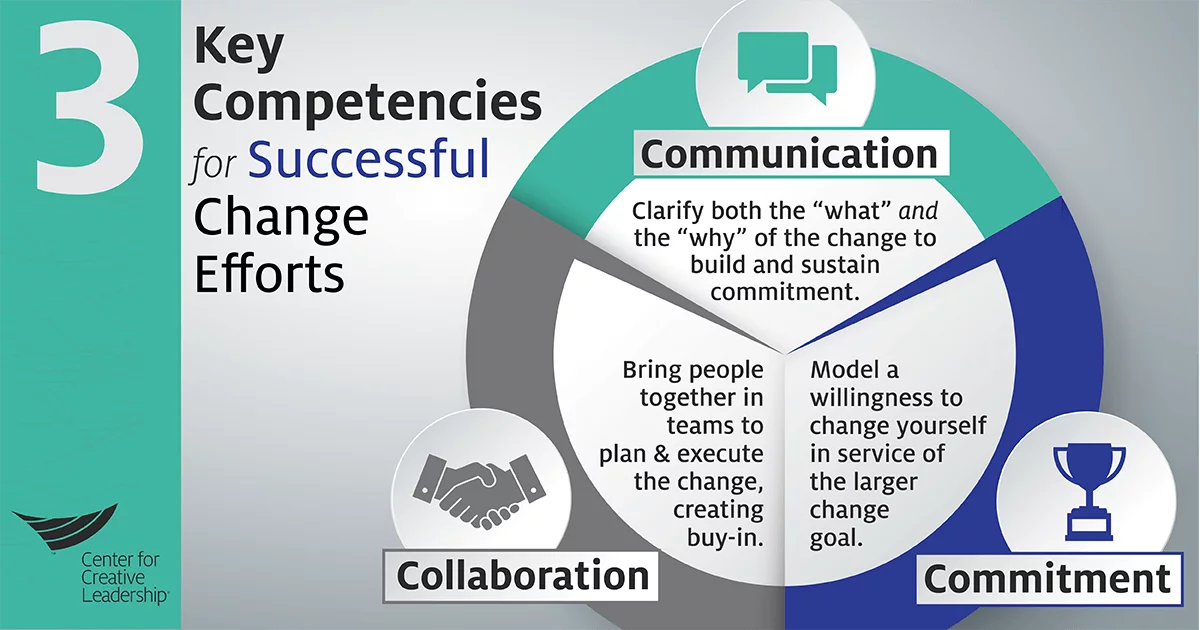
ITIL serves as a framework for delivering IT services. These have become increasingly important in today’s technology driven business environments.
It offers a systematic approach to IT service management, with enhanced focus on strengthening customer relations, managing business risk, and developing cost-effective practices alongside your IT change management.
Source Image: Ccl
Building a stable climate speaks volumes about your organizational culture. This can be achieved with ITIL change management, which embraces the notion of change as part of a continuous improvement philosophy.
People think that the key to winning in business starts with strategy. They couldn’t be more wrong https://t.co/b0yAoHcRrU #OrgCulture #Strategy via @torbenrick
— Torben Rick (@torbenrick) September 18, 2018
It can be leveraged to help businesses transition and utilize IT to its full capacity. This is best served in conjunction with an IT change management process, which welcomes rapidly advancing digital innovation.
Your IT change management process will define your organization’s ability to adapt with the times. IT is more crucial to organizational success than ever before, and with so many changes it must be managed correctly.
ITIL change management can be viewed as an offshoot of this, an additional layer to safeguard against operational risk. You can further reduce risk by introducing tools and techniques, which will also make your team’s lives easier.
But what exactly is ITIL change management? Let’s delve a bit deeper into an explanation.
An Overview of ITIL Change Management
IT changes are more commonly occurring in today’s fast-moving industries. This calls for an IT change management process, which is introduced to reduce risk in changing environments.
Business people demand high standards from IT, especially since their daily duties are integrated with IT functions.
Staff demand stable, predictable services, but they also need services that are up to speed with the times.
It is the conflict created from these expectations that drive the need for ITIL change management. It is the responsibility of change managers to help companies reach both goals, while keeping disruption of services to a minimum.
The IT change management process is built on decisions during the service transition phase, working closely with the portfolio management process. When properly executed, it enables effective risk assessment and resource allocation.
ITIL experts can standardize the way they deliver, plan, and support IT services.
With the right framework in place, employee roles are clearly defined, and when staff know exactly what’s expected from them, they can work in accordance with company objectives.
This translates to enhanced value for customers, where employees understand which practices correspond to high level customer support.
ITIL gives support to IT providers, boosting staff confidence and expectations while making lives easier.
Why Do We Need ITIL Change Management?
ITIL change management has negative connotations, like change management in general. It was introduced with good intentions, but in many cases has swayed from its original premise.
But this has more to do with the way companies are going about it, not the concept of ITIL change management itself.
When done right, it will protect IT and business operations, and perhaps help businesses recover from poorly planned, failed change.
This continues to wreak havoc across business, and can contribute to lost revenue and productivity. Failed change can negatively impact a company’s brand too, but the correct approach can assist with governance and compliance.
When addressing why we need ITIL change management, it’s perhaps best to evaluate the stumbling blocks companies can experience when formal procedures aren’t in place.
This can contribute to inferior internal controls in the following areas:
Business Impact Assessment
Change must be addressed in terms of the wider business impact. With a narrow focus that doesn’t look outside of the area in question, businesses can lose sight of the bigger picture.
Standardization
Companies need a process for tracking and managing changes. This involves an element of rigor and formality which is often lost in translation.
Separation of Duties
An IT change management process requires a clear distinction between operational duties. Everyone should understand what’s expected from them, and a segregation of duties provides more quality control.
To bring an element of fun to distinguishing duties, you can use fun exercises to break the seriousness of things.
Audit Trails
Everything should be recorded so it’s easily accessible when needed. This is essential from a compliance standpoint, underlining the importance of documenting critical data.
The Importance of an IT Change Management Process
Financial Benefits
Naturally, a minimization of change-related errors will reduce business costs. Your business will benefit from reduced server downtime, and reduced service delays.
The IT costs required to counteract problems can be a huge financial burden, but this strain can be alleviated with the right change management approach.
Collaboration
Collaboration benefits derive from better impact assessment, and an enhanced ability to mitigate risk. Businesses can also prioritize change, and devise schedules which align with change goals.
Improved Visibility
Your change management procedure will facilitate the communication of schedule changes. With a stage-gate approach, change can be approved by relevant authority figures.
You’ll also benefit from enhanced control and speed, alongside faster tracking with things like emergency changes and change models.
As you’re probably now fully aware, ITIL change management is a fundamental constituent of the change management process.
Neglect it and you could end up facing dire consequences!
WalkMe Team
WalkMe spearheaded the Digital Adoption Platform (DAP) for associations to use the maximum capacity of their advanced resources. Utilizing man-made consciousness, AI, and context-oriented direction, WalkMe adds a powerful UI layer to raise the computerized proficiency, everything being equal.




